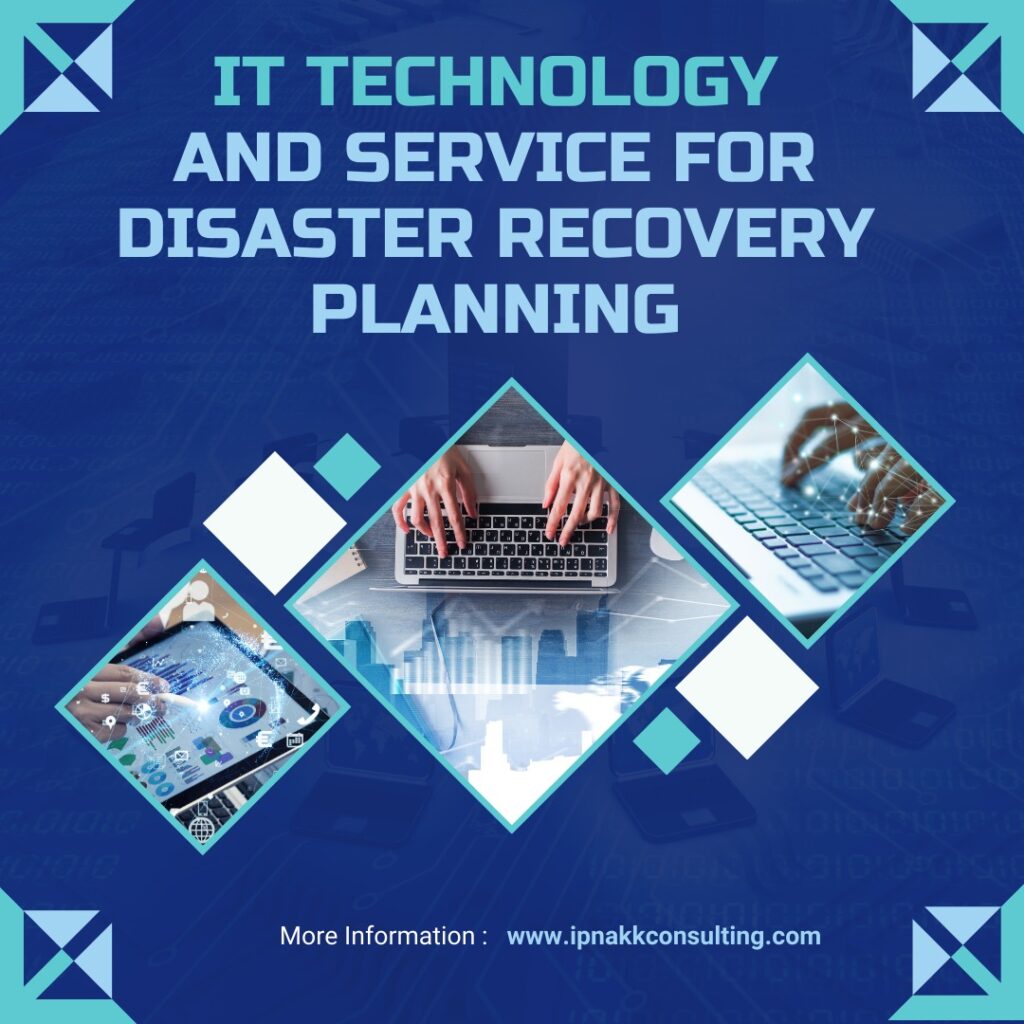Introduction
Disaster recovery planning is a critical aspect of modern business operations. In an era where data is paramount and downtime can result in significant financial losses, having a robust disaster recovery plan is essential. This article will delve into the core components of disaster recovery planning, including policies, tools, and procedures, ensuring that your organization is prepared for any unexpected disruptions.
Understanding Disaster Recovery Planning
Disaster recovery planning (DRP) involves preparing for unforeseen events that can disrupt business operations. These events range from natural disasters like earthquakes and floods to cyber-attacks and power outages. A comprehensive DRP ensures that an organization can quickly resume critical functions and minimize losses.
Key Components of a Disaster Recovery Plan
1. Risk Assessment and Business Impact Analysis
Risk assessment identifies potential threats to an organization, while business impact analysis (BIA) evaluates the effects of these threats on business operations. Together, they form the foundation of a disaster recovery plan by highlighting vulnerabilities and prioritizing resources.
2. Recovery Objectives
Establishing recovery objectives is crucial for a successful DRP. These objectives include Recovery Time Objectives (RTO) and Recovery Point Objectives (RPO), which define acceptable downtime and data loss limits, respectively.
3. Disaster Recovery Policies
Policies outline the roles, responsibilities, and procedures for disaster recovery. They provide a structured approach to managing and responding to incidents, ensuring all team members are aware of their duties.
Essential Disaster Recovery Tools
1. Data Backup Solutions
Regular data backups are the cornerstone of disaster recovery. These solutions include on-site and off-site backups, cloud storage, and real-time data replication, ensuring data is protected and can be quickly restored.
2. Virtualization and Cloud Services
Virtualization and cloud services offer scalable and flexible disaster recovery options. They enable organizations to replicate their IT environments and quickly spin up virtual machines, reducing downtime and recovery costs.
3. Monitoring and Alert Systems
Effective monitoring and alert systems detect issues before they escalate into major problems. These tools provide real-time insights and automated alerts, allowing for swift corrective actions.
Disaster Recovery Procedures
1. Emergency Response Procedures
Emergency response procedures outline immediate actions to be taken when a disaster occurs. This includes communication protocols, evacuation plans, and initial damage assessments to ensure the safety of personnel and assets.
2. Data Restoration Procedures
Data restoration procedures detail the steps for recovering data from backups. This involves verifying backup integrity, selecting the appropriate recovery point, and restoring data to operational systems.
3. System Recovery Procedures
System recovery procedures focus on restoring IT infrastructure and applications. This includes reconfiguring network settings, reinstalling software, and testing system functionality to ensure a seamless return to normal operations.

Testing and Maintenance of Disaster Recovery Plan
Regular testing and maintenance are crucial to ensure the effectiveness of a DRP. This involves conducting drills, updating recovery procedures, and reviewing policies to adapt to changing business needs and emerging threats.
The Role of Communication in Disaster Recovery
Effective communication is vital during a disaster. A communication plan should include contact information for key personnel, stakeholders, and emergency services, ensuring timely and accurate information dissemination.
Training and Awareness Programs
Training and awareness programs educate employees about their roles in a disaster recovery plan. Regular training sessions, workshops, and simulations help reinforce the importance of disaster preparedness and ensure readiness.
Regulatory Compliance and Disaster Recovery
Compliance with industry regulations and standards is essential for disaster recovery. Organizations must adhere to legal requirements, such as data protection laws and industry-specific guidelines, to avoid penalties and ensure accountability.
The Future of Disaster Recovery Planning
As technology evolves, so do disaster recovery strategies. Emerging trends include the integration of artificial intelligence (AI) and machine learning (ML) to predict and mitigate risks, as well as the adoption of more advanced cloud-based recovery solutions.
FAQs
What is the difference between disaster recovery and business continuity?
Disaster recovery focuses on restoring IT systems and data after a disruption, while business continuity encompasses a broader strategy to keep all business functions operational during and after a disaster.
How often should a disaster recovery plan be tested?
A disaster recovery plan should be tested at least annually, though more frequent testing may be necessary for organizations with high-risk profiles or significant changes in their IT environment.
What are the most common causes of data loss?
Common causes of data loss include hardware failures, human error, cyber-attacks, and natural disasters. Implementing robust backup and recovery solutions can mitigate these risks.
Can small businesses afford disaster recovery solutions?
Yes, many affordable disaster recovery solutions are available for small businesses, including cloud-based services and managed DRP providers, which offer scalable options tailored to their needs.
What role does cloud computing play in disaster recovery?
Cloud computing provides scalable and cost-effective disaster recovery options, allowing organizations to replicate their IT environments and rapidly deploy resources in the event of a disaster.
Why is it important to have a communication plan in a disaster recovery strategy?
A communication plan ensures that accurate information is disseminated promptly during a disaster, coordinating response efforts and keeping stakeholders informed.
Conclusion
Disaster recovery planning is a vital component of business resilience. By understanding and implementing comprehensive policies, tools, and procedures, organizations can safeguard their operations against unexpected disruptions. Regular testing, employee training, and adherence to regulatory standards further strengthen a DRP, ensuring long-term stability and success.

